 clothing
clothing
 clothing
clothing
Clothing is a critical component of your backcountry arsenal. For starters, any sort of ski touring is extremely aerobic in nature, so you tend to perspire - a lot. In addition, you are out there by yourself, with a return to the car often not a convenient option, so you need to rely on what you bring with you.
With that in mind, there are basically two classes of clothing suited to backcountry adventures - hard shell (made of a laminated 2 or 3-layer fabric comprised of an outer "face fabric" and a waterproof breathable "membrane" of PTFE (polytetrafluoroethylene), polyurethane, or polyester) and soft shell (Schoeller DrySkin or Primaloft Neoshell are examples) which repels snow and water a little less well, but breathes extremely well. New technology in hard shell fabrics, like The North Face's FUTURELIGHT promise exceptional breathability with only a slight decrease in water repellency. Many people combine the two categories by packing a light hard shell jacket but wearing a softshell pant.
Hard shell pants are usually best saved for lift-served skiing, where your butt and knees are subject to heavy loads of water and melting snow. They are seldom necessary for day tours, but can be nice to keep in your pack on a multi-day trip or when weather is a question mark.
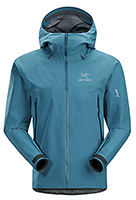
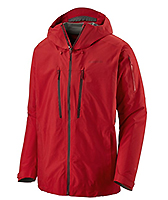
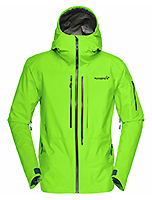
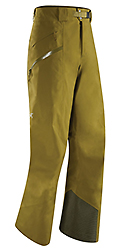
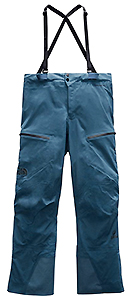
Weather watching will be your key to selecting the proper set of clothing, but wet or snowy weather near freezing will often be the time to opt for hard shell, while a nice high pressure window or spring/summer touring is the time to break out the soft shell garments for climbing comfort. Softshell fabrics have made huge advances in weather protection lately, making leaving the hard shell clothing at home increasingly practical for all but the wettest days.
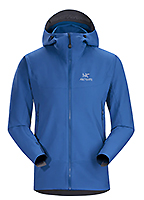
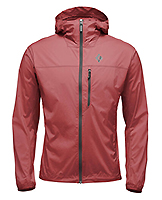
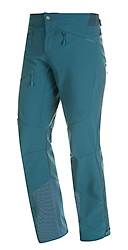
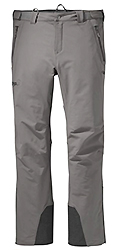
As with any performance sport, your underlayers should be some sort of wicking merino or polypropylene fabric and not cotton - the ability to stay dry as you sweat in the mountains is crucial to comfort and safety. Learn to anticipate your body's heating and cooling rhythms - experienced ski tourists will often strip down to a single layer when leaving the car, leaving them quite cold - but only for about five minutes. As soon as they begin to climb, they warm up and are perfectly comfortable. Knowledgeable skiers usually reach for their puffy coats as soon as they stop as well, as you chill off quickly once you cease moving - don't be afraid to add or strip off layers as conditions warrant.
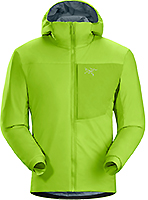
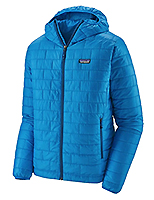
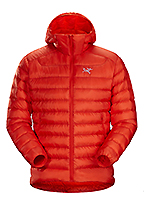
Don't forget a couple of beanies - wicking Powerstretch or Schoeller for going uphill, wool for downhill or cold weather, and a cap with a brim for sunny weather.
Gloves require attention as well; ones that work well for alpine skiing where you seldom sweat much are generally too warm for ski touring. There are a number of good options available in both Windstopper® and Schoeller fabrics - look for a leather palm for durability, and bring more than one pair, preferably one light and one heavier.
Eyewear is critical - you will be out on the snow for hours on end, if not days. Two pairs of quality sunglasses with side protection (a pair to loan or replace the ones you lose when you yardsale), as well as a pair of good double-lens goggles in case it's snowing come time to ski, and you're good to go.
© 2022 Gregory C. Louie